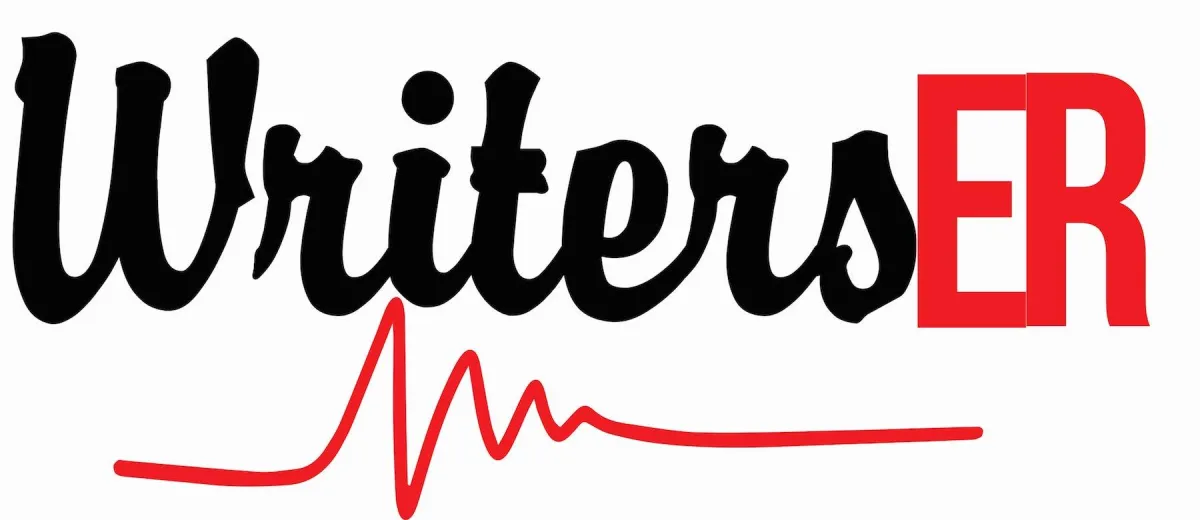BLOGS

Innovative Literature Review: 5 Key Strategies for Effective Structure and Analysis
Innovative Literature Review: 5 Key Strategies for Effective Structure and Analysis
Introduction
Navigating through academic literature can often feel like traversing a maze. With an abundance of information, methodologies, and theoretical perspectives, creating a literature review that is both comprehensive and coherent is no small feat. However, with the right strategies, this task can transform from a daunting endeavor into an insightful and rewarding journey. This blog post will not only provide you with innovative approaches to structuring and analyzing your literature review but will also guide you through making your work impactful and relevant in the academic community.

The Importance of a Well-Structured Literature Review
Establishing a Solid Foundation for Research
In any academic endeavor, a literature review lays the groundwork for your research. It's not simply a collection of summaries; it's a critical analysis of existing studies, offering a clear picture of what's known, what's not, and where your research fits into the landscape. In this section, we delve into the significance of a well-structured review and how it can enhance the credibility and impact of your research.
Navigating the Ocean of Information
The digital age has led to an information overload, making it increasingly difficult to identify relevant and credible sources. Here, we discuss strategies for efficient information sourcing and selection, focusing on quality over quantity. By employing these methods, you can build a literature review that is comprehensive, current, and contextually relevant.
5 Key Strategies for an Effective Literature Review
Strategy 1: Thematic Organization
Thematic organization in literature reviews offers a nuanced approach to understanding a field of study. Unlike chronological or author-centric approaches, this strategy groups research based on common themes, theories, or issues. Such organization can reveal patterns and trends in research that might be obscured in a more traditional review.
This approach requires you to first immerse yourself in the literature to identify recurring themes. These could be theoretical perspectives, methodological approaches, or specific aspects of the topic. Once identified, these themes become the pillars around which you structure your review.
For example, if you're reviewing literature on digital marketing strategies, your themes might include social media marketing, email marketing, and content marketing. Within each theme, you would discuss various studies, comparing and contrasting their findings, methodologies, and contributions to the field.
Thematic organization not only aids in structuring your review logically but also helps in drawing connections between different studies, highlighting both consensus and contention within the field. It can illuminate how understanding has evolved over time and where your research could contribute further.
Strategy 2: Comparative Analysis
Comparative analysis in a literature review involves juxtaposing different studies to highlight similarities and differences. This strategy is particularly effective in fields with diverse perspectives or methodologies. By comparing studies, you can uncover underlying assumptions, methodological strengths and weaknesses, and different interpretations of data.
To effectively use comparative analysis, start by selecting studies that represent different approaches to your topic. These might vary in theoretical orientation, methodology, or geographical focus. Then, systematically compare these studies across several dimensions, such as their research questions, findings, and implications.
For instance, if your topic is on the impact of remote working, you might compare studies that look at productivity, work-life balance, and employee satisfaction. This comparison can reveal if there's a consensus on certain aspects of remote working or if opinions diverge, perhaps due to different study designs or population samples.
Comparative analysis not only deepens your understanding of each study but also enriches your review by highlighting the multifaceted nature of the topic. It encourages critical thinking and helps you to build a more robust and nuanced argument in your own research.

Strategy 3: Integrating Theory and Practice
Integrating theory and practice is crucial in literature reviews, especially in fields where application is as important as theoretical understanding. This strategy involves examining how theoretical models are applied in real-world scenarios and how practical outcomes can inform theoretical advancements.
To integrate theory and practice effectively, start by outlining the key theories underpinning your topic. Then, explore how these theories have been applied in practice, looking at case studies, experiments, or real-world implementations. This approach not only shows the applicability of theories but also tests their validity and limitations in practical settings.
For example, if your review is on behavioral economics, you would first discuss the foundational theories. Then, you would explore how these theories have been applied in policy-making, marketing strategies, or financial decision-making. This integration shows the practical utility of theoretical concepts and may also reveal gaps or discrepancies between theory and practice.
This strategy enriches your literature review by providing a more comprehensive understanding of the topic. It demonstrates the dynamism between theory and practice, showing how each informs and shapes the other. It also provides a solid foundation for your research, showing where further theoretical development or practical testing is needed.
Strategy 4: Utilizing Visual Aids
Visual aids such as charts, tables, graphs, and diagrams play a crucial role in enhancing the clarity and impact of a literature review. They provide a visual representation of complex information, making it easier for readers to grasp and remember key points.
When incorporating visual aids, it's important to ensure that they are directly relevant to your content and add value to your analysis. For example, a well-designed chart can succinctly show trends, comparisons, or relationships that might take paragraphs to describe textually.
Consider the type of information you want to convey and choose the most appropriate format. For instance, use a pie chart to show proportions, a line graph for trends over time, or a table for side-by-side comparisons. Always provide clear titles, labels, and, if necessary, a brief explanation or interpretation of the visual aid.
In addition to aiding comprehension, visual aids can also break up long sections of text, making your literature review more reader-friendly, especially for those accessing it on mobile devices. They can serve as powerful tools for emphasizing key points and can even become focal points for discussion within your review.
Remember, the goal is not to overburden your review with visuals but to use them strategically to complement and strengthen your textual analysis.
Strategy 5: Critical Evaluation
Critical evaluation is the essence of a literature review. It involves not just summarizing research findings but also scrutinizing methodologies, questioning underlying assumptions, and assessing the relevance and validity of studies. This strategy elevates your literature review from a mere synopsis to an insightful critique.
To critically evaluate literature, you should first understand the theoretical framework and methodology of each study. Ask questions like: Are the research methods appropriate and robust? Are the conclusions drawn justified by the data? What biases or limitations might affect the findings?
Next, consider the relevance of each study to your research question. How does it contribute to your understanding of the topic? Does it challenge existing theories or confirm them? Be objective in your evaluation, acknowledging both the strengths and weaknesses of each piece of research.
For example, if reviewing studies on renewable energy policies, you would examine the methodologies used to assess policy effectiveness. Critically evaluate the evidence presented, considering factors like sample size, geographic scope, and statistical analysis. Discuss how these factors influence the reliability and applicability of the findings.
A critical evaluation not only demonstrates your analytical skills but also helps build a solid foundation for your own research. It shows that you have engaged deeply with the literature and are capable of contributing meaningfully to the academic discourse.
Additionally, here's a related YouTube video on the process of Literature Review. It could provide you a multi-faceted understanding of the topic.
Conclusion
In conclusion, structuring and analyzing a literature review requires more than just compiling research. It demands innovative approaches, critical thinking, and a keen eye for detail. By employing the strategies outlined in this guide, you can craft a literature review that not only informs your research but also contributes meaningfully to the academic community. Remember, your literature review is a vital piece of the scholarly puzzle. Make it count!
FAQ Section
How Do I Balance Different Perspectives in My Literature Review?
Balancing different perspectives involves presenting a range of views on your topic, without bias. Acknowledge the merits and drawbacks of each perspective, and avoid overemphasizing one viewpoint over others. This balance ensures a fair and comprehensive overview of the literature.
Should I Include Recent Studies in My Literature Review?
Yes, including recent studies is crucial to ensure your review is up-to-date. However, also consider seminal works that may be older but have significantly contributed to the field. A combination of both provides a comprehensive understanding of the topic's development over time.
Can I Disagree with Studies in My Literature Review?
Absolutely, disagreeing with studies, when done respectfully and backed by evidence, adds depth to your review. It shows critical thinking and a willingness to challenge established ideas, which is at the heart of academic research.
How Can I Make My Literature Review More Engaging?
To make your literature review more engaging, use a clear, concise writing style and include visuals, examples, and real-world applications. Also, structure your review logically and ensure it flows smoothly from one section to another.
If you're starting on your academic journey and seek expert guidance, schedule an admission interview with WritersER. Our team specializes in helping masters, PhD, and doctoral candidates achieve their next academic milestone in 6 months or less. Let us support you in crafting a literature review that makes an impact. Click here to get started!
